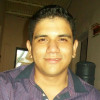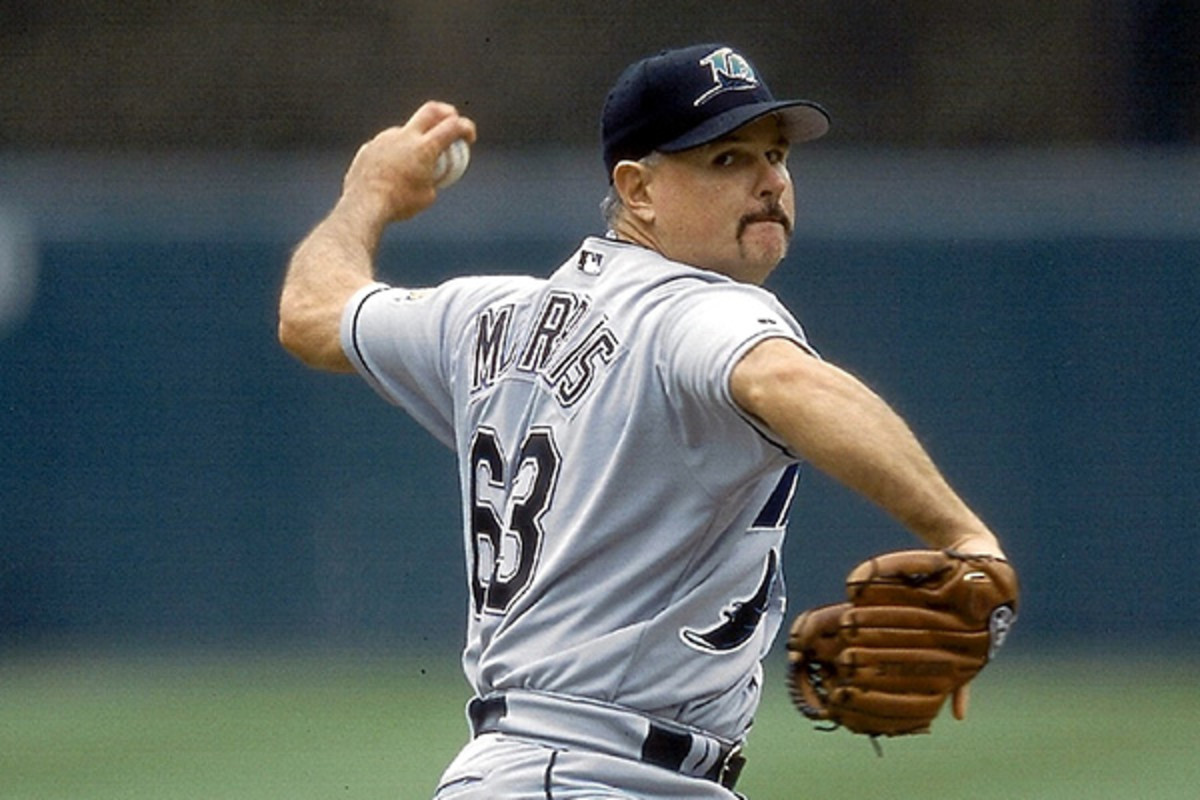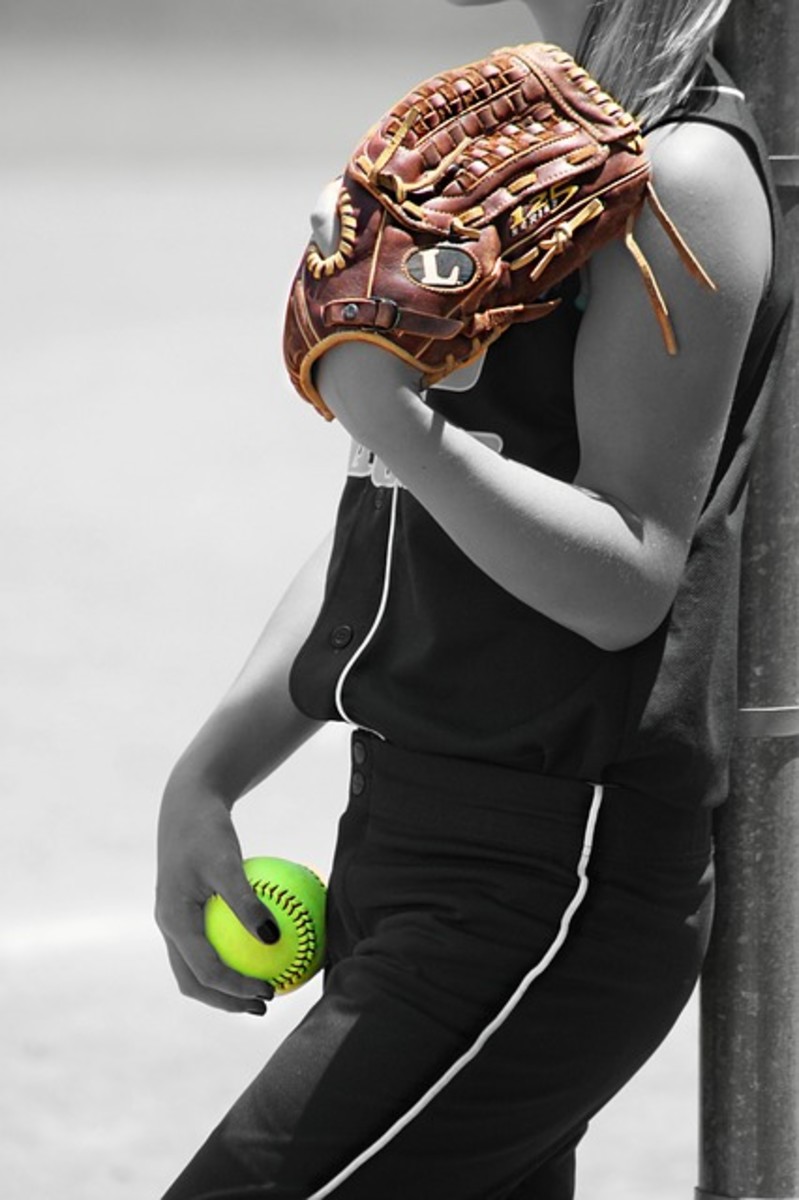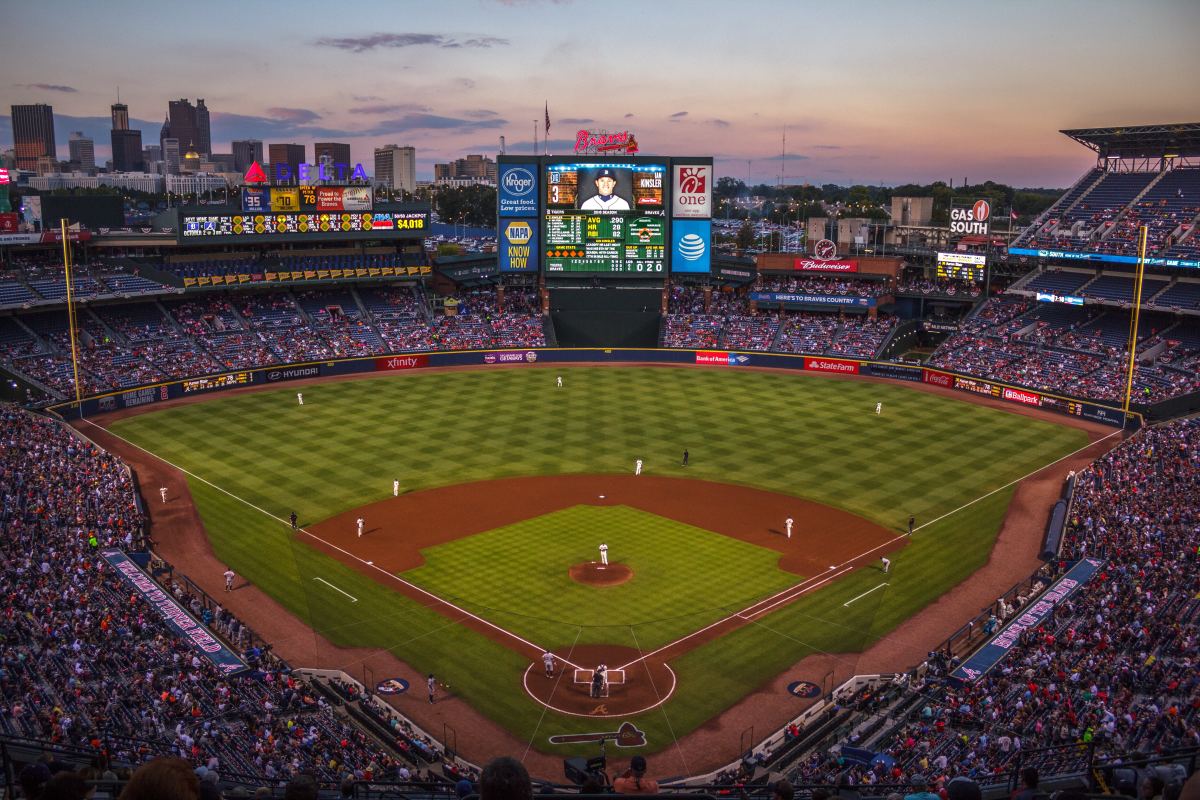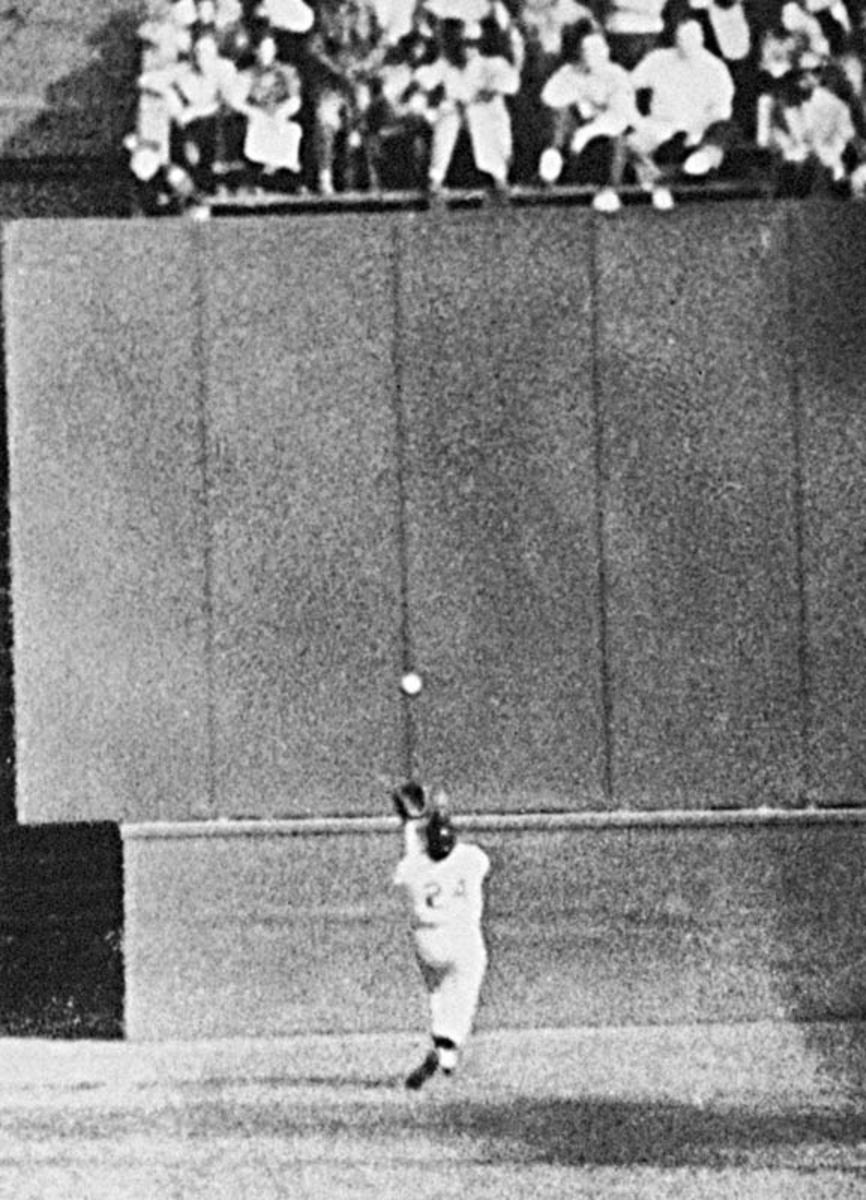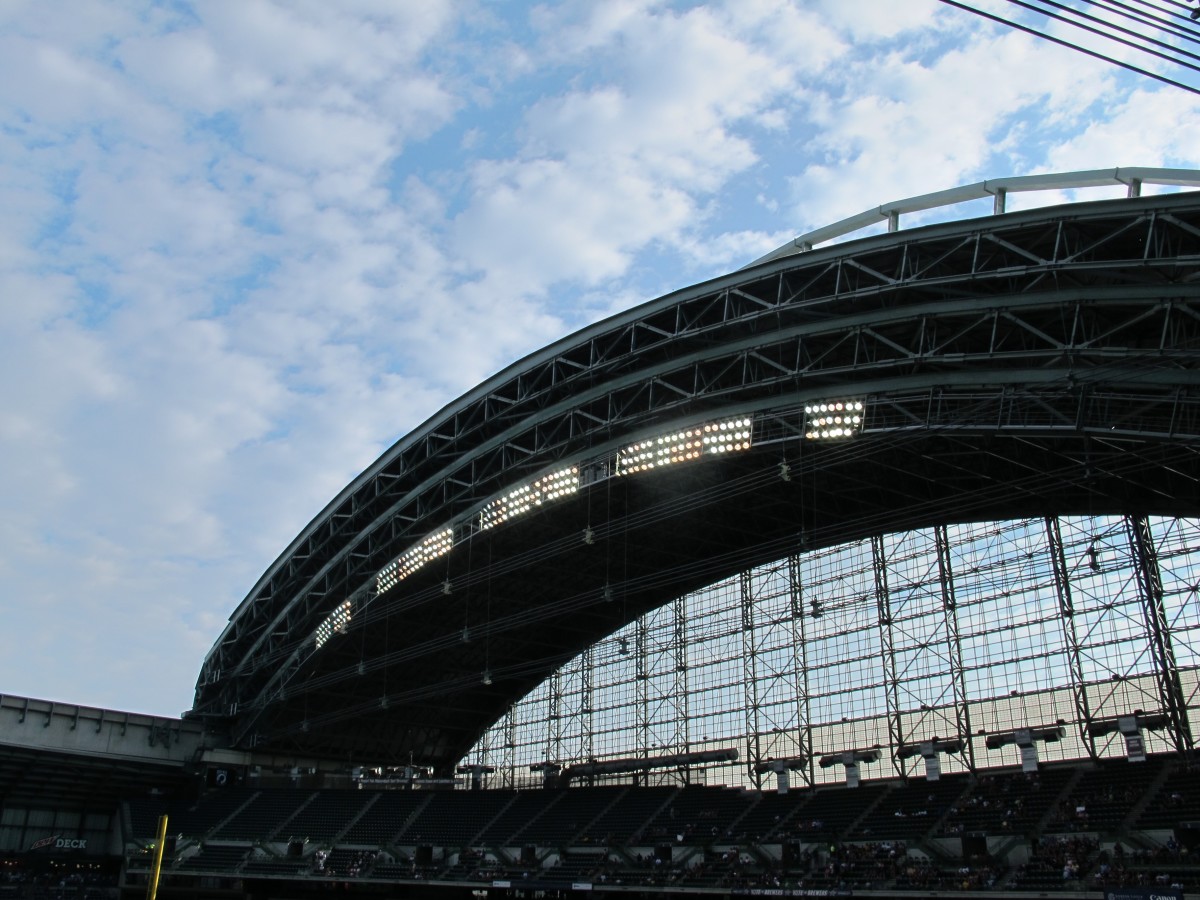European All Time Baseball Team
The world of Federation Baseball (a term I use to refer to IBAF world competitions) lived recently one of the best news of recent years in my opinion. And not, it’s not the re-inclusion of the sport in the Olympics but something more important: for the first time, and following the example of cricket with the West Indies, one of the least developed regions in baseball but also the one with the most potential and attractive marketing: Europe, will be represented by a single team and they’ll challenge team Japan in march for a series of two games to be played on 10 and 11 in not a meaningless scenario but mythical Tokio Dome in front of 55,000.
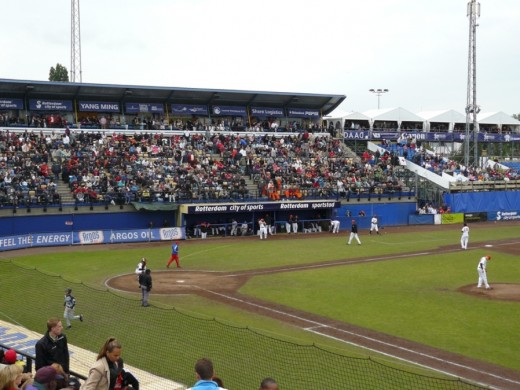
The announcement was made by Ricardo Frecari (president of WBSC) in Laussane, Switzerland on February 5th. This would mark the first step towards a new format for baseball international competitions, according to Frecari. It is not the first time in sports that a continent or a region is represented in sports competition by only one squad: In cricket, a sport with similar international presence than baseball, former British colonies in Caribbean and South America were allowed to play internationally as one team under the name of West Indies since individually none of those countries could equal the quality of Great Britain and Australia. West Indies have won two cricket world cups and the formula could be successful too in baseball.
The uniform, logos and composition of team Europa are under development yet but Netherland’s manager Steve Janssen has already been selected as manager of the squad. Frecari hopes that the formation of this team would help to boost baseball acceptance in the continent.
Samurai Japan, baseball national team is not formed yet but Hiroki Kirobu, in charge of the formation of the team has already stated that he intends to ensemble a team with the best of the country, a dream team, to face Europe team. The quality of each roster and the scenario promises success for this unprecedented event and we will be looking forward to it.
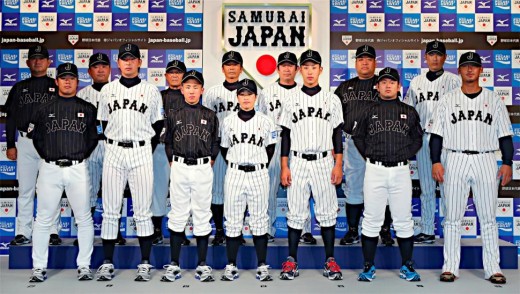
The intentions are good, however, in my humble opinion, a Europe Baseball Team would increase the sport acceptance and following in the country if two decisions are made: one, exclude Netherlands and Italy players from being part of it, it is obvious that 90% of the roster would be composed by them, ergo the other 41 countries would not have a relevant representation and two, to put a limit to the number of expatriates playing in the team, in my opinion a nation won’t grow affection for a team representing their countries if players born and raised in their countries are not playing in it.
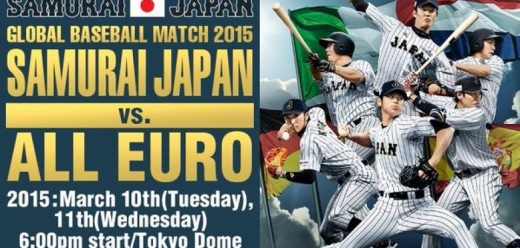
The event recalls of my previous article about a Japan’s All Time Baseball Team, so I though it would a fun and interesting idea to make the same but with Europe.
A bit of history
Despite what common baseball fans may think, baseball in Europe has a long history that traces back to 1889 when Albert Spalding, former major league pitcher and sports good mogul, toured an All Star MLB team through Europe, they introduced the game in Great Britain, France and Italy.
In Holland the game is known since the year 1911 and in Germany since 1936 when it was shown as an exhibition sport in the Olympic Games. During World War I, in France, a baseball league was formed and players like Ty Cobb and Christy Mathewson played in it. Before WWII the game was quite popular in Holland, Italy, Belgium, Spain and some countries in the East but this growing stopped once the war was over.
In Holland baseball caused such a great impact that during war kids would use old parts of chairs as bats, rubber balls as baseballs and soccer balls as gloves.

Communism was also an enemy for baseball in Europe. It was forbidden in all the countries of the East Block despite being a bit popular in Lithuania, Russia, Croatia and Czechoslovakia. In Romania the game was forbidden but some fans organized clandestine and secret games during nights.
43 European countries play baseball and most of them have organized leagues, but only Italia and Netherlands have pro baseball, the rest are of amateur levels. So history has been made in European soil too. Heroes have emerged in Europe diamonds and yes, they may not be as celebrated as Babe Ruth in America, Sadaharu Oh in Japan or Miguel Cabrera in Venezuela, in fact, when they can quietly walk on their country’s street and no one would ask them for an autograph… but they’re still heroes, they are important characters in the history of baseball in their countries and they deserved to be recognized as such.
So here it is our selections for Europe All time Baseball Team.
Did you know that baseball history in Europe traced back to 1889?
Rotation
Here it is our pitching rotation for our all time baseball team representing Europe.
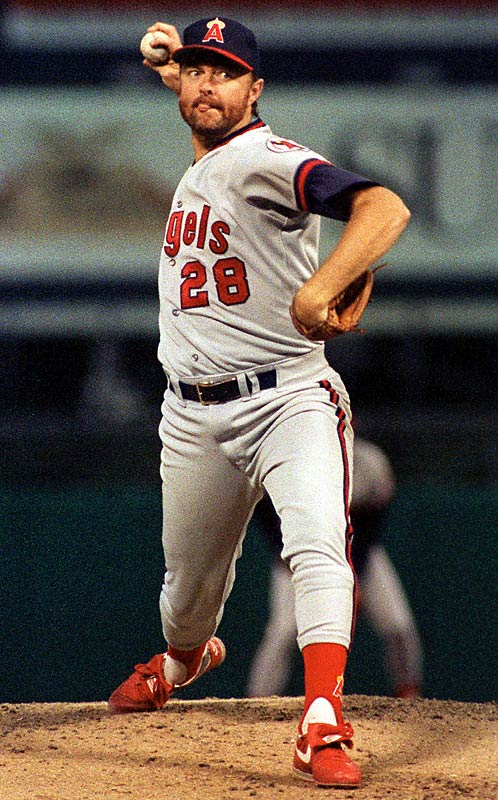
Bert Blyleven (Netherlands)
Born in Netherlands but raised in United States, Blyleven is the best European player of all time and the first one to be inducted to Baseball Hall of Fame. He made his MLB first appareance in 1970 with Minnesota Twins and shine with his extraordinary curveball and threw 9 shutouts.
Due to problems with management he was sent to the Rangers in 1976 and had a 2.76 era. In 1979 he earned a World Series ring while playing with the Pirates. In 1980 he arrived to Cleveland where he had difficicult seasons bouncing back in 1984 with a 2.87 ERA.
In 1985 he came back in Minnesota with who he won his second World Series ring in 1987 and reached his 3,000th strikeout. In 1989 he arrived in California and played for the Angels, after suffering countless injuries he retired in 1992, posting a 287-250 record and 3,701 strikeouts.
In 2011, in his 14th year of elegibility he was inductee to the Hall of Fame. Brooks Robinson said of him: “It (his curveball) was nasty, I'll tell you that,”
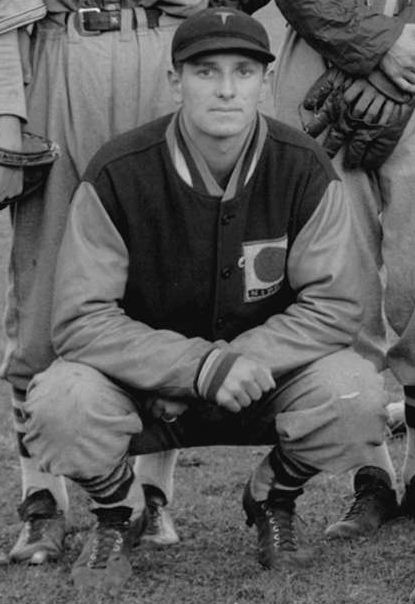
Victor Starffin (Russia)
The Russian born Victor Starrfin was the only player to make cut for both teams (hey, here it is a nice idea: the winning team of the next series between Japan and Europe should win the Victor Starrfin Trophy and make this an annual event).
Since Starrfin already appeared on the Japanese All Time Baseball Team, you should check that out if you do not know about him.
The Greatest Russian Baseball Player
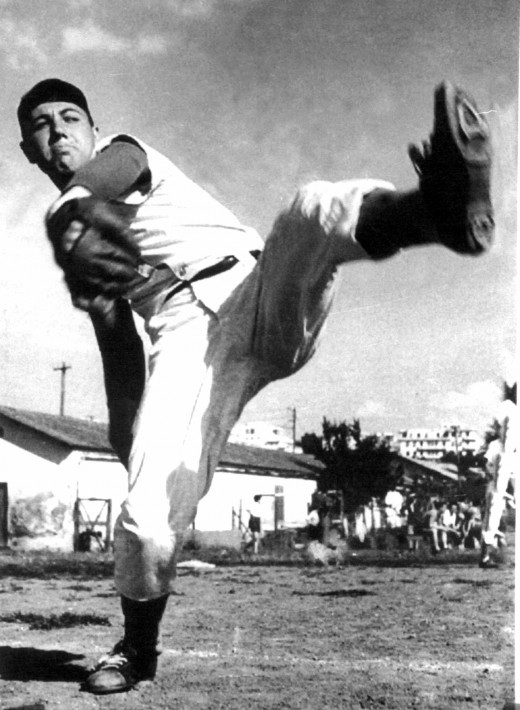
Giulio Glorioso (Italy)
In his career in Italian baseball he posted a winning record of 235-88 with a 1.90 earned runs average and 2884 strikeouts in 2706 innings. He won 6 ERA trophies, the best was in 1961 (0.46) and the “worst” in 1966 (1.65). In addition he won two batting titles: 1960 (.426 batting average) and 1961 (.444).
In 1952 he was seen by the Cleveland Indians in the spring training but according to his own words: “I had no chance to make the majors”. That same year he met baseball legend Mickey Mantle who wished him “to win 20 games in Italian baseball next season”, and Glorioso replied: “that’s impossible, our schedule is only 14 games”.
Glorioso was the starting pitcher in Italy’s first international game when he defeated Spain in 1952. In 1953-55 he led his league in strikeouts, in 54-55 in wins and won the Pitching Triple Crown in 1955. In 1960 he won the Batting Triple Crown with .423 batting average, 1 home run and 22 runs batted in. That year he missed the Pitching Triple Crown by one win. That year he threw a no hitter against Holland but lost 0-1.
His best year was 1961: MVP award and a dream season: 18-0 record, 0.46 ERA, only 55 hits allowed in 156 innings pitched, he strikeout 218 and was Batting Champion. In 1962 he won his second Pitching Triple Crown. Overall he won 4 Pitching Triple Crown. He indeed was Glorioso in his league (Glorioso means glorious in Italian).
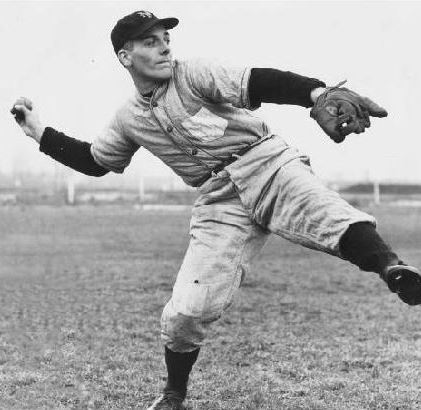
Han Urbanus (Netherlands)
Urbanus is arguably the most important player in the history of Dutch baseball. His first appearance in Dutch Baseball League occurred when he was only 15 years old and from then until the following 8 years he established an unbelievable record of 150 games pitched in a row.
In 1952, when he was 25 years old he went to spring training with the New York Giants where he showed his powerful fast ball and a decent curveball he developed by himself. He was offered a contract to play in the big league team in 1953 but he declined to come back to Holland and teach what he learned in America.
In his native soil he won 5 Pitcher of the Year Award and 3 MVP. He led Holland to the championship in the first European Baseball Tournament in 1956. Urbanus was the first player in Dutch baseball to appear in four decades, holds the post-WWII record for more strikeouts in a season (213 in 1955), threw the most no hitters (5), shares the record for more shutouts in a season (7 in 1955), and in 1959 he won the batting average with .348 batting average.
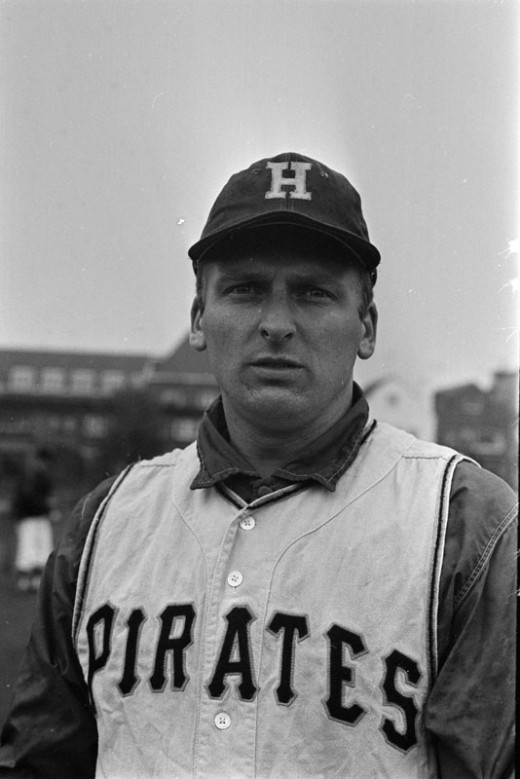
Hermann Beidschat
Beidschat was as great as Urbanus in Dutch league and like him he went to spring training with Pittsburgh Pirates but did not make the cut.
He won the Pitcher of the Year in a record of 10 times. The first one in 1959. In 1960 he led the league in K’s with 1920, that year he was selected the Best Pitcher in Europe. 1961 he led the league in strikeouts with 171, threw a no-no and tied Urbanus’ record of most shutouts in a year.
Beidschat won the Pitcher of the Year award in 8 eight years in a row, in between he threw a perfect game in 1964 against Spain in the European Championship. In 1967 he posted a perfect record of 6-0 and in 1968 and for the first time he did not lead any pitching department. In 1970 he posted perfect mark of 9-0 and in 1980 repeated the feat with an 8-0 record. He is third in wins in Dutch baseball with 139.
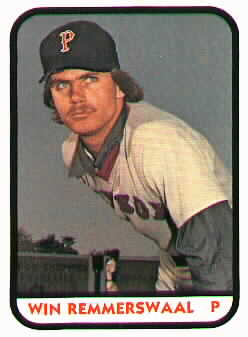
Closer
Win Remmerswall (Netherlands)
In 1979 he became the first born and trained European player to appear on a Major League game. He played until 1980, however. And despite he was not famous for saving games, his condition of relief pitcher and the status he achieved during his playing career, we’ll go with him as our closer.
Win’s best argument was his fastball, it was what led him to play 22 games in the majors but an arm injury finished his career in the United States. In 22 games he pitched with the Red Sox, he compiled 55.2 innings of work, a 3-1 record with 36 strikeouts and 5.56 earned run average.
After his stint in United States he played five seasons in Italy where he married and had three children but two of them died. He fell into alcoholism and ended up homeless, in 1997 he lapsed into a coma after contracting double pneumonia with pleurisy. After three weeks he woke from comma and lives in Holland, he’s on a wheelchair communicating only by signs and he barely eats. His daughter says he doesn’t watch Dutch baseball because he thinks (she says he communicated her that way) that the best baseball in the world is in United States.
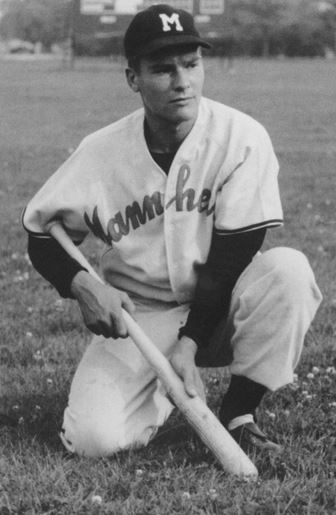
Catcher
Roland Hoffman (Germany)
In 1994 he became the first inductee to recently founded German Baseball Hall of Fame. He was the top player in Germany during the twentieth century and the best of all time. He played first base also but primarily catcher.
Hoffman learned baseball from US troops stationed in the country after World War II. He debuted for Germany in the 1955 European Championship, when they won Bronze; he contributed 3 hits in 11 at-bats and drove in one run. In the 1956 European Championship, Roland was just 3 for 15 with 8 strikeouts. During the 1957 European Championship, he only made two appearances even though the event was held in his birthplace of Mannheim and Germany had its best finish of the century, earning Silver.
Hoffmann dazzled during the 1967 European Championship, going 7 for 15 with a double, triple, two home runs, 3 steals, 5 runs and 9 RBI in just four games. The amazing performance earned him MVP honors even though Germany finished third.
Roland hit .400 in the 1971 European Championship, with 5 runs and 5 RBI in five games. In the 1972 Amateur World Series, the first for Germany, he batted .245 clearly the top hitter on the winless squad. Hoffmann apparently was no longer playing strictly catcher as he made 11 errors and had 37 assists in 15 games, numbers more befitting an infielder.
In the 1975 European Championship, Hoffmann made his final appearance in a European Championship, 20 years after his debut. He showed he still had hit, going 12 for 26 (.462) with 5 RBI in six games.
Through 2008, Hoffmann ranks among the all-time German national team leaders in numerous statistics. He is tied with Claus Helmig and Jürgen Helmig for the most games (67), is second with 33 RBI, leads with 53 hits, is 8th with 30 runs and he is 1st with 14 steals.
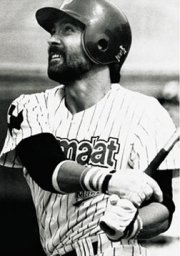
First Baseman
Giorgio Castelli (Italy)
His number uniform #24 is retired from Italian National Squad. It just tells you what he means for Italian baseball. Although he was a catcher, at the middle of his career he was permanently switched to first base. He won 8 batting titles in Italy and led the league in home runs and RBIs 3 more times.
Castelli was invited to spring training by the Cincinnati Reds in 1968, when he was only 17 years old and had never played in Italy's top league. Accounts vary as to how interested the Reds are, with popular stories indicating they were ready to have him back up Johnny Bench or move Bench to first. The 1977 Washington Post says that the Reds were intrigued and wanted to sign Castelli, but that his mother didn't want him to play so far from Italy. He returned to Italy and never got another look from a US team.
He played his whole career with Parma and in his first season (1968) batted .324 and just missed the RBIs title to make the Triple Crown. In 1969 he was Batting Champion again and led the league in steals. In 1970, at only 19, he won his third Batting Crown with .422 batting average, with 43 RBIs and 11 home runs. By 1974 with only seven seasons played in Italian league he had already won 7 Batting Crowns. In 1974 he batted .523 with 75 runs, a then record of 26 home runs and 86 runs batted in with 17 steals in 44 games. He won the Triple Crown that season, the first in Italian baseball history.
In 1975 he helped Italy to win their first European Championship since 1954, his performance in the tournament was witnessed by Joe Garagiola who said of him: "definitely is a major league prospect."
In 1977 Castelli becamse the first Italian player to reach 100 home runs and on june 11tst the first to hit 4 bombers in a game. In 1978 he won his eight and last batting championship with .510. That year he played in the World Cup and his OPS was comparable to Terry Francona and future three times Triple Crown winner Japanese Hiromitsu Ochiai.
Castelli retired in 1983. His career stats: .421 lifetime average (all time leader), 789 runs scored, 689 batted in, 162 home runs and 187 steals. He also was the first player to reach 1,000 hits in Italian League.
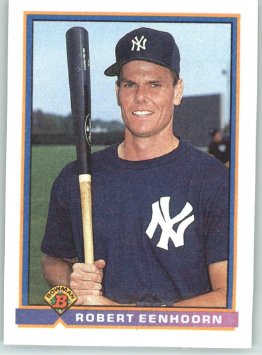
Second Baseman
Robert Eenhoorn (Netherlands)
Eenhoorn was Holland’s manager when the team won the World Cup in 2011. In 1994 he became the third Dutch to play in the Big Leagues as an infield utility for the Yankees and the Angels.
Like every Dutch kid he also played football, whose footwork helped him to have a solid defense in second base and generally every other position in the infield. Between 1984 and 1989 he played for Neptunus and Haarlem in his country. He played for Dutch national team.
In the majors he only played 37 games, 18 in second base, more than in any other position. He posted a .239 batting average with 16 hits and only 1 home run. After this brief experience in MLB he returned to Honkball Hoofdklasse and was manager-player with Neptunus, leading the team to 3 consecutive pennants and winning MVP and Manager of the Year Awards in 2000. He played the Olympic Games in 2,000.
As the national team manager he won 4 European Championship and one World Cup. He also is a knight of Kingdom of Netherlands. Eenhoorn currently battles to bring MLB games to Europe.
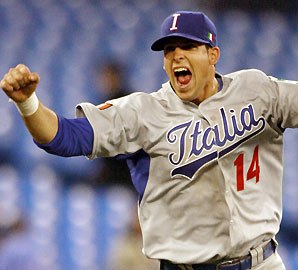
Thirdbaseman
Alex Liddi: (Italy)
On September 7th, 2011 and after five years in the Seattle Mariner’s farm system, Alex (Alessandro) Liddi made his first appearance in a Major League Game. Liddi became the first player born and raised in Italy to play in the Big Leagues. He is considered one of the best Italian players in history, he was born in San Remo, his father played baseball and her mother played softball.
He also participated with Italy National team in Youth Championships, Continentals and the World Baseball Classic. In his career in Major League Baseball he has a batting average of .208 with 6 home runs and 16 runs batted in.
He played in Venezuela where he had a disappointing performance with Cardenales de Lara and even though he did not post amazing number he did show a bit of his talent with his glove and despite he only hit 3 four baggers, they were of ruthian dimmension. He also played in Mexico with Tomateros de Culiacán.
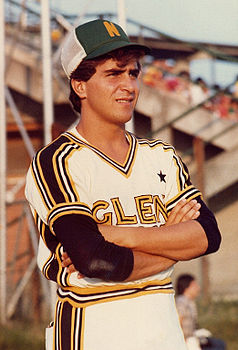
Shortstop
Ruggero Bagialemani (Italy)
As every good shortstop, he possessed an extraordinary defense, he was nicknamed “the panther” for his agility and won 14 Italian Gold Gloves in both short and third. At bat he was also good, when he’s ranked second in the all time hit list.
He debuted in 1978 with Nettuno and played with them for 23 seasons. His career started at 15 years and hit .310 in his first season. His career spanned 24 years. He played in the World Cups, European Championships, Intercontinental Cups and Olympic games. In the games of Barcelona he batted .391.
When he retired his lifetime average was .339 with 765 runs scored and 863. He ranks second in hits with 1338 in only 1303 games played. With 195 games played for the Italian National Team, he is the all time leader.
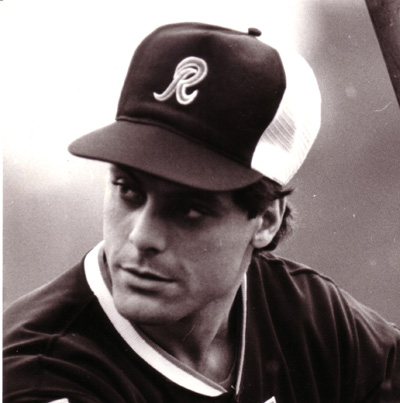
Rightfielder
Giussepe Carelli (Italy)
He debuted in Italian League in 1975 and he was a key member of the Italian Squad that won the European Championship in 1977.
In 1980 and for the first time, his batting average ended up above .300: .375 in 33 games, he hit 10 homers that year. In 1981 batted .333 with 15 long balls and drove in 43 and scored 27.
In 1983 he again led Italy to win the European Championship and he also played in the 1984 Olympics where he hit .308 with 10 runs scored and 9 batted in, similar stats of those of an American outfielder named Barry Bonds.
In 1985 Carelli batted 21 home runs with 84 RBIs and .385. Next year he won the Batting Crown in the World Cup with a batting average of .478, he also led the tournament in RBIs with 9.
In 1989 he won his first Batting Crown in Italy with .426 average. In 1994 he retired from baseball. His career numbers include .353 lifetime batting average, 220 home runs, 736 runs, 926 RBIs in 873. After Castelli, he was the next player to reach 1,000 hits in Italy.
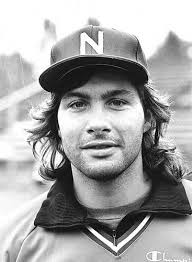
Centerfielder
Marcel Joost (Netherlands)
Probably the best hitter in Dutch League. He debuted in 1979 at age 19 with Harlem Nicols and he hit .343. The next season he got the lowest average of his career with only .248, for the rest of his career he would bat over .400. He rapidly was called for the National Baseball Team.
In 1982 he had his best year: in only 36 games he hit 43 home runs with 50 runs batted in and .432 batting average. He was MVP, of course. He helped the Harlem Nicols to win 4 championships in a row. He also played in World and European Cups.
In 1990 he batted under .390 for the first time: .326 and .375 the next year. He retired in 2001 with Coredon. His career numbers: in 734 games he amassed 688 runs scored, 691 runs batted, 187 doubles and 137 home runs. He’s the league all time leader in games, runs scored, RBIs, hits and home runs.
He played 163 games with Netherlands National Team distributed in six European Championships, six World Cups and two Intercontinental Cups.
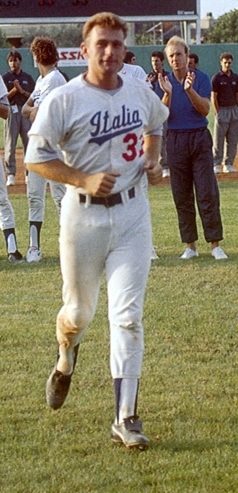
Leftfielder
Roberto Bianchi (Italy)
He is undoubtly the greatest slugger in the history of Europe’s domestic leagues. He’s the all time leader in Italian Baseball for home runs and RBIs, he won two Triple Crowns. In his first season in 1981 he batted .350 with 10 home runs.
He played outfield and also the first base. His quality was such that he received offers to play in United States from Baltimore, California, Cleveland, Cincinnati and Dodgers but Italian Baseball Federation intervened to make him stay in his country.
In 1983 he batted .482 with 13 doubles, 28 runs scored and 36 RBIs in only 18 games. In 1984 he played in the Olympics and in the World Cup in 1985, where he hit .500 with 6 home runs and 20 runs batted in, he won the Triple Crown and batted in more runs than Barry Bonds.
In 1985 he had a wonderful season, he hit .329, tied the home run record with 26 and batted in 102 runs, becoming the only player in Serie A to reach triple digit total of RBIs. Next year he won he’s first batting crown with .446 batting average and his 23 home runs were 2 shy of the leader and the Triple Crown.
In 1987, Bianchi won his first Triple Crown, hitting .474, 27 home runs (a new record), 70 runs and 72 RBI in just 41 games. In 1991, the Milan native hit .460 for his hometown club with 16 homers and 55 RBI in 36 games. He became the first two-time Triple Crown winner in Italian history.
In 1993 he arrived to Parma, with his new team he batted .448 with 51 RBIs. With them he would win two Italian Championship. In 1999 he retired from baseball, a sport that he, as said in an interview: “love more than myself.” His lifetime average is .384, 270 doubles and 1,307 (third of all time) and he’s all time leader in runs scored (1,106), home runs (288) and runs batted in (1,170)
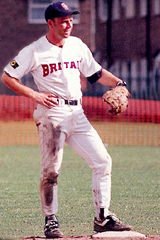
Designated Hitter
Alan Bloomfield (Great Britain)
Alan Bloomfield played baseball for Great Britain for almost two decades, gaining the honor of being that country's Most Valuable Player in 1988, scoring a career-record 292 runs and becoming one of the nation's top hitters in the 20th century. In the field he was variously a second baseman, shortstop and pitcher. He was inducted into the British Baseball Hall of Fame in 2010 and we selected him as designated hitter because his primary positions were already occupied.
Bloomfield played in eight European Championships, the most of any player on the British national team through 2009.
Bloomfield played in the 1984 European Championship; his performance earned him the praise "Alan Bloomfield must be regarded as the best British player ever", by the newspaper Hull Daily Mail.
Alan was just 1 for 19 in the 1989 European Championship but drew 7 walks and scored 7 runs from the leadoff slot (an argument for OBP supremacy over BA). In the 1991 European Championship, he led Britain with a .435 average, 10 hits and 7 walks.
Domestically, his 180 walks, 292 runs scored, and 97 stolen bases were the most by any top-tier player between 1995 and 2009, according to available records. While he played in a number of different leagues (primarily for one of three teams: the Sutton Braves, the Southern Tigers, and the London Warriors), he was regularly among the circuit's top hitters. In 1997, for example, he won the 'triple crown' by leading the Premier Division South with a .486 batting average, 13 home runs, and 46 runs batted in. He captured at least one other batting title (.579 average), in the very competitive Scottish Amicable League of 1987. In all, if the Scottish Amicable League of the late 1980s and the independent National League Baseball (UK) of the early 1990s are included in his total, Bloomfield played for six teams that won national titles.
Sources
Baseball Reference, BR Bullpen.
British Baseball Hall of Fame’s website.
German Baseball Hall of Fame’s website.
